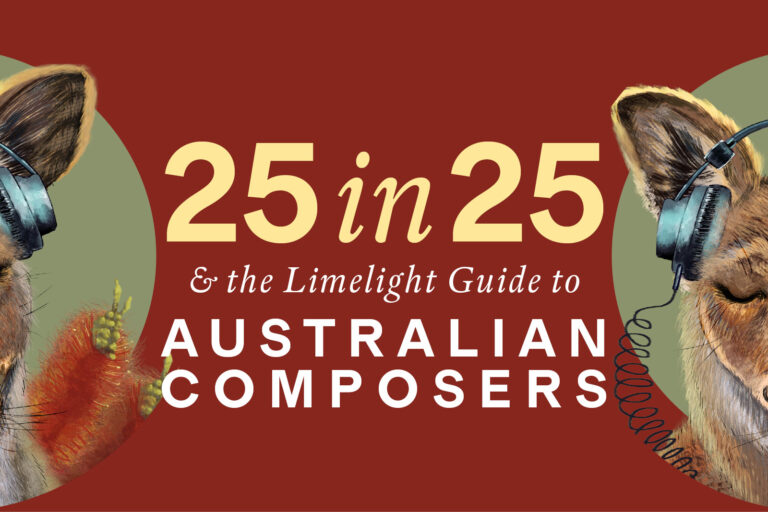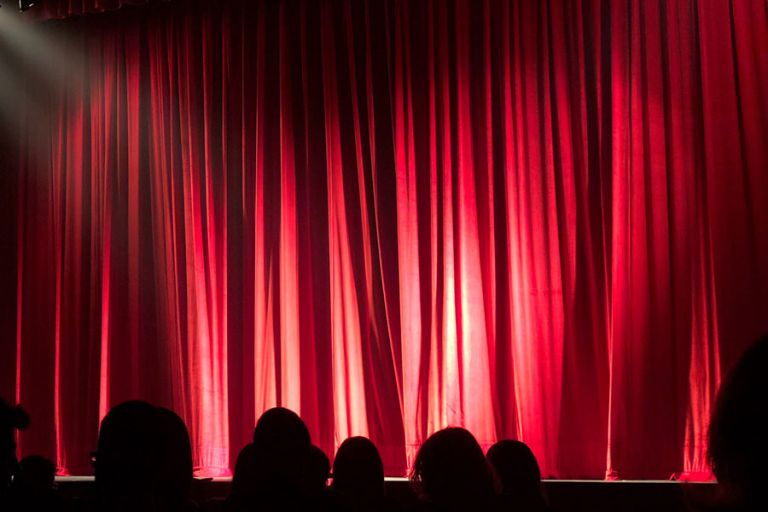Dancing With the Orchestra was the title of this programme, and it proved appropriate in the two orchestral works. Zoltán Kodály’s Dances of Galanta is a popular piece in a Hungarian dance form of contrasting slow and fast sections, with an important role for the clarinet (smoothly played here, presumably by guest musician Alexander Morris). The piece is also packed with themes, one of which bears a strong resemblance to the 1960s hit “More” (the theme from the film Mondo Cane), although Kodály’s theme predates it by thirty years. James Gaffigan, the visiting American conductor, found a danceable rhythmic pulse, even in the lyrical sections. It was a beautifully moulded performance, allowing the orchestra to show off the felicities of the composer’s orchestration.
This applies even more strongly to Sergei Rachmaninov’s Symphonic Dances, composed in 1940 for the Philadelphia Orchestra. This was the last of the expatriate Russian’s three great late works (the others being the Rhapsody on a Theme of Paganini and the Symphony No 3), although they were not entirely appreciated at the time. In America, Rachmaninov was regarded exclusively as a concert pianist; as a composer he was dismissed as old fashioned. The piquancy of his orchestral...
Continue reading
Get unlimited digital access from $4 per month
Already a subscriber?
Log in










Comments
Log in to join the conversation.